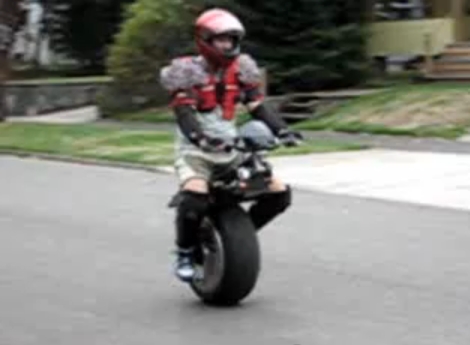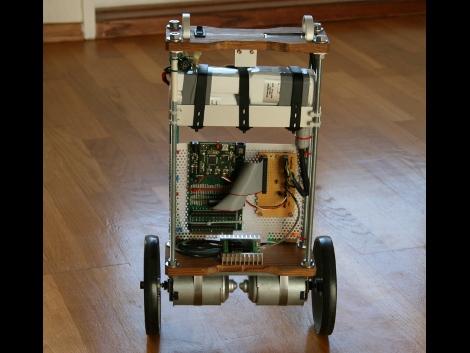
We had to call it an electric motorcycle in the title because electric unicycle just sounds lame. But the video after the break shows you that this prototype is anything but lame. It takes minimalism to the extreme when you’re talking about powered transportation. The self-balancer is reminiscent of a Segway but the rider sits astride one wheel rather than the standing form-factor that [the Woz] loves so much for gaming. Looks like Ryno Motors is trying to gather capital to put these into production. We’re not going to hold our breath until we see them in the wild, but we’d be surprised if they don’t pop up on the big screen at some point in the near future.













